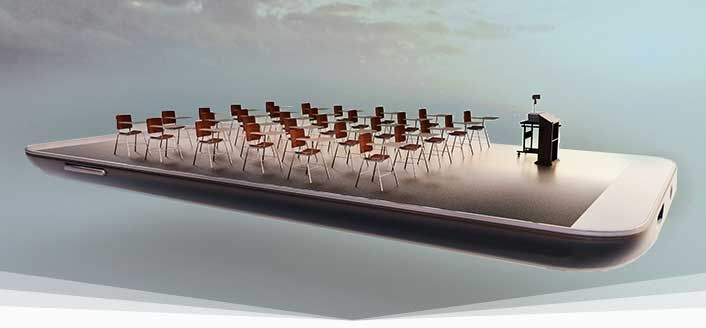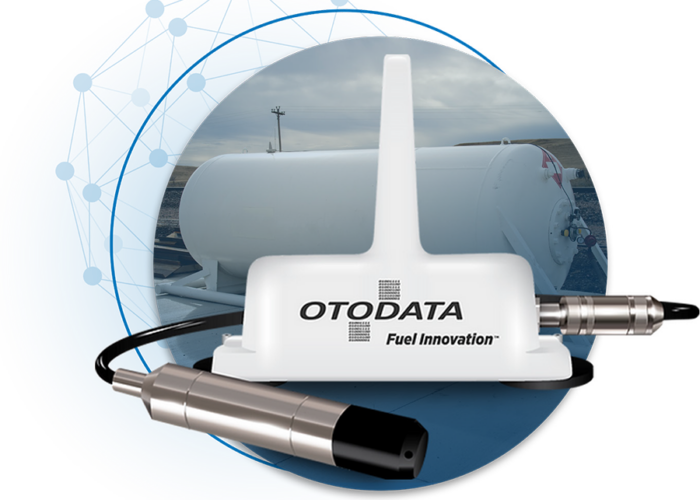What is technology in the classroom all about? It’s about improving the classroom experience for the people that show up there seven hours a day, five days a week. Technology in the classroom is about expanding opportunities for students to engage with the learning process and condensing tasks that dont directly relate to the experience of helping children learn and grow. Technology in the classroom is about making the daily practice of going to school more meaningful for students, instructors, and staff members alike.
School IT managers and K-12 teachers constantly are considering how to grow the technology in their classrooms to stay afloat with the cognitive shifts and ever-changing learning patterns of their students. As IoT-powered smart devices, like voice assistants and connected cars, continue to gain traction in the tech industry, it only makes sense to bring that same type of smart connectivity into the classroom to familiarize students with the technology of their future. And what better way to do so than by implementing IoT into the objects that students and teachers use on a daily basis.
IT managers and teachers can increase classroom engagement and productivity by implementing a school-wide IoT system that consists of devices like connected whiteboards, individual learning tablets for students and teachers, digital textbooks, and an app to connect all of these devices into a single learning portal. Implementing a few key devices into the classroom is all it takes to bring new life into the everyday learning experience.
Challenges of Implementing a School-Wide Educational IoT System
For many schools, a major challenge to implementing a school-wide IoT system is the combined costs of the devices, network connectivity, and creating the app platform required to support it. Furthermore, in-depth teacher and staff training on how to use the IoT system can become a secondary hurdle. However, there is a strong case to be made for implementing a school-wide IoT system in which financial directors and grant writers can secure a way to fund it. There also are many benefits that professional development coordinators can focus on to decrease the complications of training and help orient the faculty and staff during such classroom IoT system training sessions.
Increasing Student Accountability, Performance, and Engagement
First of all, kids and teens know tablets are cool. Tablets have more ways to connect students with peer knowledge, instructor knowledge, internet information, and text-based learning materials than a piece of paper and pencil ever could offer. With tablets, students have less opportunities to make excuses about losing papers, not receiving assignments, or incorrectly noting pages numbers. At the same time, students also will have less of a desire to make excuses, as connected tablets offer the promise of a more engaging educational experience with built-in textbooks and access to all kinds of nuanced educational materials through the internet.
Consider the possibilities: mobile learning becomes more feasible with a sleek device. Teachers can take their classrooms to the local park or on a field trip to a museum, and students can accomplish a lot more in the time provided by not having to whip out bulky textbooks, noisily navigate to specific page numbers, drop pencils, and balance writing pads on their laps. Mobile learning, and even remote classwork for when students are out sick, becomes more of a possibility with an IoT classroom system. Remote class work can be particularly helpful for students with disabilities who may have different attendance requirements.
A single application can connect students with all the information in the classroom. Every tablet-based class assignment can come equipped with the relevant textbook readings and assignment sheets. Even whiteboard notes can be stored into the connected app to increase accountability among students, allowing access to the information that gets erased. Rather than hastily jotting down equations, instructions, and sentences before the chalk dust starts flying, students can revisit the exact stored notes later during homework sessions when they need them the most.
Personalize Learning Experiences
Imagine a textbook that can help teachers monitor a students understanding of their course materials. Thats the idea behind digital textbooks that collect data regarding how each student annotates their readings, while providing teachers with access to those notes.
Like any literature teacher that asks their student to practice annotated reading, teachers in every subject can encourage their students to take notes in their digital textbook when the reading material inspires them, when it is clear to them, or when it confuses them. Digital textbooks work like e-books and are part of the same integrated learning app that sends collected data to the analytic platform. The instructor can use the application to access the exact information that a student highlights, notes, and glazes over in order to gain a better understanding of where each student stands in regards to the available materials. With this information, teachers know exactly where to provide help.
Improve Classroom Efficiency
According to EdSurge, one-fifth of classroom time currently is spent facilitating logistical tasks and classroom procedures, like handing out assignments, transitions between subjects, and taking attendance. IoT can cut back on time wasted by automating procedures, such as attendance, based on whos signed into the app, thereby eliminating tasks like paper shuffling from instructor to students, textbook retrieval, and other typical classroom commotions.
Furthermore, instructors can more efficiently help their students with an IoT classroom system that maximizes data collection on student success. As connected devices collect data on each students learning journey, teachers can access this information through the app to see precisely where a student may be overlooking important details and promptly provide help when a student is struggling.
To make the connected classroom experience as efficient as possible, every classroom and department within the school needs to be based in the same application. With a single app across classrooms, students are saved from having to recall multiple login credentials and having to remember how to navigate different application interfaces. A single, streamlined platform frees up mental effort that students can instead direct towards the lessons and assignments at hand.
Check Off the Requirements with Aeris
Implementing IoT into the learning environment can be a game changing experience for instructors, staff, and students alike. There are a few crucial requirements to make it work, appropriate teacher training being one of those requirements, as well as a sufficient number of devices to support each student, teacher, and classroom.
On the technical side, a well-designed, integrated app with a strong data analytics component will be needed. What is more, the school campus will need a reliable network with robust bandwidth dedicated to supporting the school-wide IoT system.
At Aeris, we provide just that: a reliable, secure network to power IoT devices across industries, including the education system. We excel at powering IoT systems that, in turn, empower teachers, educational staff members, and students. To learn more about our connectivity platforms and how we can help implement a school-wide IoT system on your campus, Contact Aeris today.




